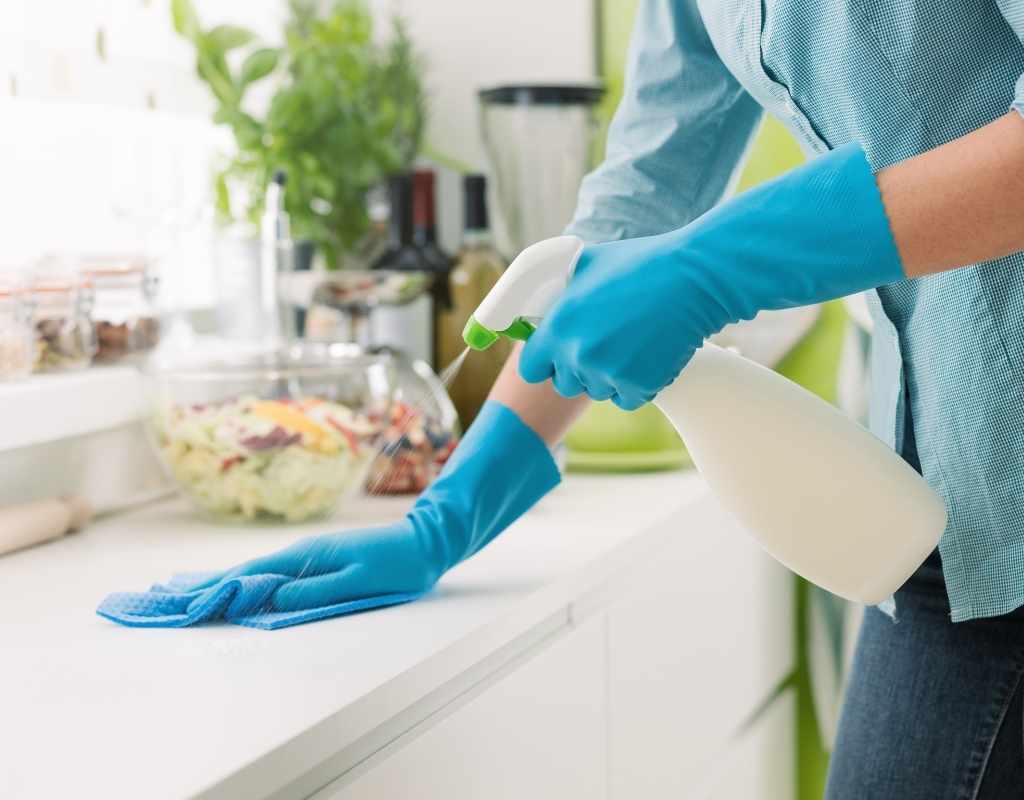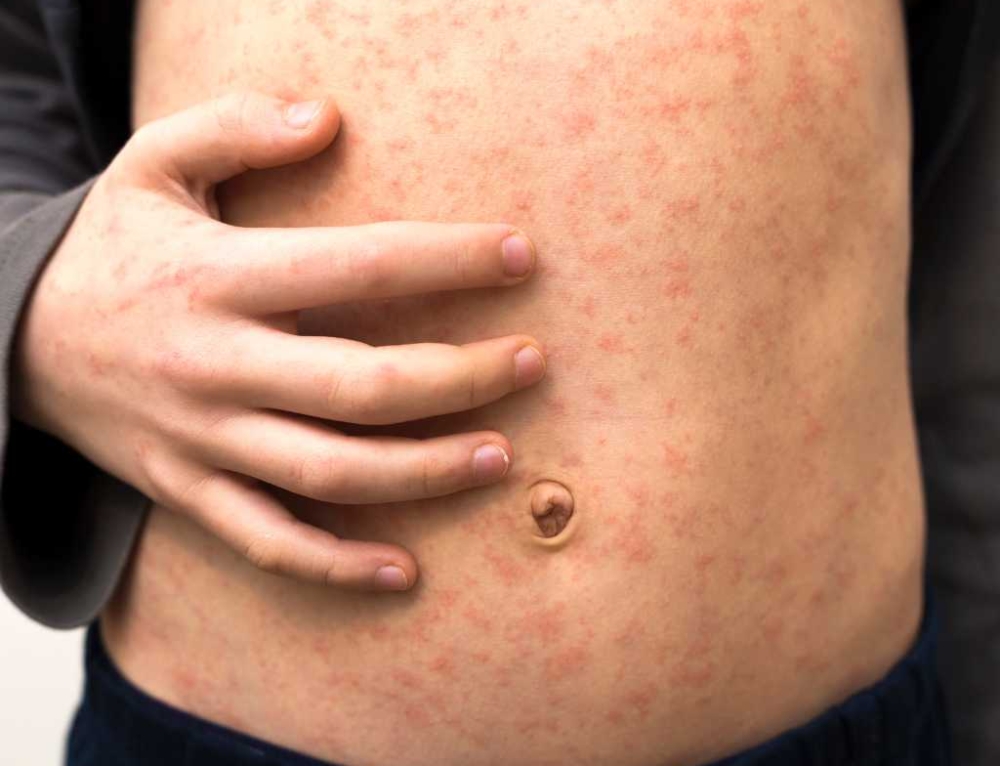It’s a sad fact of life that every home in every part of New Zealand has to deal with the dreaded mould and mildew at some stage or another.
Those dwelling in drier parts of our country may only experience mouldy issues occasionally, whereas anyone living in the humid or in wetter areas will be well-acquainted with just how insidious and difficult mould and mildew issues can be. Clean one minute, mould-ridden the next.
So where does mould come from and how can we effectively get rid of it?
What are mould and mildew?
Mould is a type of fungi and mildew is a type of mould. Mould typically grows on food and the mildew variant pops up on damp organic surfaces (otherwise known as mould’s food source, which includes wood, wool, cotton, silk, linen and leather). So mould spores are everywhere and their food source is everywhere and all they really need to get a colony started is a water source. Ick, right?
Both mould and mildew, therefore, like warm, moist, preferably dark, environments with some kind of organic matter to eat. This is why outdoor furniture and garage walls are notorious places for mould spores to settle and grow. They also like bathroom walls, leather shoes and handbags that haven’t been aired after a rainy day, woollen carpets that have been left damp and cotton fabrics that have been wet for a period of time.
How can I prevent mould and mildew?
Chances are you’re not willing to throw out all organic items in your house and live in a home filled with nylon, polyester and plastic. So if you can’t get rid of the mould spores’ food source, the alternative is to eliminate their water source. Eliminate any moisture and dampness and dry out your home as much as you possibly can.
To prevent mould and mildew from growing in the first place:
- Ensure your home has adequate ventilation.
- Bring sunshine into your home at every opportunity.
- Direct water away from your home (check for leaks and water flow during heavy rainfall).
- Dry wet areas immediately.
- Ensure drainage is kept free-flowing – gutters, pipes and trenches.
- Clean indoor plants regularly by dusting the leaves and making sure puddles of water are cleared up.
- Introduce mould-resistant products into your home (treated paints and building materials, non-organic fabrics).
- Air your home well after periods of rainfall or humid days.
- Wipe condensation build-up from windows and walls after humid or wet days (use a squeegie in the mornings if you have to).
- Use a humidifier set to less than 55 percent humidity.
- Spray fabrics regularly with a mix of 3 drops Oil of Cloves in 5 cups water and leave to dry completely.
- Spray surfaces regularly with a disinfectant, antibacterial spray.
Too late, I’m stuck with a mould problem!
If mould is already rampant at your place, take the precautionary steps above to prevent the problem from getting worse and then get ready to clean. There are some moulds that you will never be able to remove once they have taken hold of a fabric or painted wooden surface, but it’s always worth a try.
Lots of people bleach mould away and then wonder why it always grows back again. Bleach will remove the colour of mould and mildew so you can’t see it, but believe me, it’s still there. All the health-risks associated with mould (especially for allergy and asthma sufferers) will still be there, whether you can see the mould or not.
The only way to really get rid of mould is to kill it, remove it and then take steps to prevent new colonies forming in the same place as the old ones. Follow the steps below and you can’t go wrong.
Remember that breathing in mould can be a serious health risk, especially for asthma sufferers. When cleaning up mould and mildew, wear a face mask and gloves and avoid handling the fungi as much as possible. Wrap up in newspaper and remove any brushed away mould and mildew. Be sure to do an allergy test for any of the products (such as Oil of Cloves) mentioned and do a patch-test on your fabric before you plough straight in.
Oil of Cloves is available from the pharmacy, but if you can’t get hold of it, try tea-tree oil or eucalyptus oil in its place. Both of these are an excellent natural disinfectant. If you can’t get any essential oils, you can use an antibacterial surface spray in place of the essential oil mix.
How to fix mouldy fabrics, toys and non-washable fabrics
Portable, washable fabrics, such as curtains, cushions, clothing, bedding or towels
1. Soak the fabric in 1 cup salt (non-iodonised) in a 10L bucket of water with 3 drops Oil of Cloves and 1 cup vinegar added (use the bath with the same ratio of water/oil/vinegar to salt for bigger items) and soak overnight. The salt, vinegar and essential oil will kill the mould.
2. In the morning, gently squeeze out as much water as possible and then hang the item in the sunshine to dry. A salt crust will form.
3. Once dry, leave the salt to sit for at least an hour, preferably longer.
4. Take the item down off the line and use a soft brush like a clean dustpan brush to remove the salt crust (use a stiff brush like a clean toilet brush for heavy fabrics). Do this over sheets of newspaper so when the mould and mildew comes away with the salt you can wrap the lot up and dispose of it in the bin.
5. Machine or hand wash the item in warm water with your usual detergent and hang in the sun to dry.
6. Spray lightly with a mixture of 3 drops Oil of Cloves to 1L water and leave to dry completely. This will help prevent mould returning.
Portable, non-washable fabrics such as teddy bears, suede, leather or silk
1. Lay down several sheets of newspaper and place the mouldy item on top.
2. Cover the mould with a thin layer of course salt that has been lightly dampened with vinegar and a drop of Oil of Cloves.
3. Leave the salt to sit for a day in the sunshine.
4. Brush the salt and mould off as in step 4 above.
5. Repeat if necessary until all mould and mildew have been removed.
6. Spray lightly with a mixture of 3 drops Oil of Cloves to 1L water and leave to dry completely. This will help prevent mould returning.
Non-portable, non-washable fabrics such as carpets or outdoor umbrellas
1. Spray lightly with a mixture of 3 drops Oil of Cloves, 1/2 cup vinegar and 5 cups water and then sprinkle over the top with a thick layer of course salt.
2. Leave to dry completely overnight and then vacuum the next day.
3. Repeat steps until all mould has gone.
How to fix mouldy grout
Grouting around bathroom wall and floor tiles, outdoor patio tiles and pool tiles is a favourite hangout for mould. The grout provides the food source and the environment that tiles exist in provides the water source. Keep tiles as dry as you possibly can – use a squeegie after every shower, let the sunshine in, use an extractor fan, manually dry pool surfaces after swimming and allow free-flowing ventilation whenever you can (keep the lid down on the toilet and the bathroom windows and doors open when not in use).
To clean grout
1. Follow steps above for cleaning walls and other surfaces.
2. Dip a toothbrush or specialist grout brush (get one from your local hardware store) in neat vinegar and then in a solution of 3 drops Oil of Cloves to 1/2 cup bicarb of soda.
3. While the brush is fizzing, scrub along the grout line with a brisk, up and down motion.
4. Repeat if necessary, although be aware that some darker mildew staining may take up to two weeks to disappear.
5. Spray lightly with a mixture of 3 drops Oil of Cloves to 1L water and leave to dry completely. This will help prevent the mould from returning.
How to remove mould and mildew from wood
Walls and ceilings
1. Mix up a solution of 3 drops Oil of Cloves, 1/2 cup vinegar and 5 cups water.
2. Get a clean broom, put the leg of a pair of stockings over the head and dip it into your solution.
3. Use broad, sweeping strokes across the mouldy area to remove the mould.
4. Allow to dry and then repeat. Any remaining light staining from mould or mildew will recede in a couple of weeks.
5. Every other month, spray the walls and ceiling with a mixture of 3 drops Oil of Cloves to 1L water and leave to dry completely. This will help prevent mould returning.
Outdoor furniture
1. Mix up a solution of 3 drops Oil of Cloves, 1/2 cup vinegar and 5 cups water.
2. Wipe the furniture down with your solution, using a stiff brush to loosen heavy areas of mould.
4. Allow to dry and then repeat. Any remaining light staining from mould or mildew will recede in a couple of weeks.
5. Every other month, spray your wooden outdoor furniture with a mixture of 3 drops Oil of Cloves to 1L water and leave to dry completely. This will help prevent mould returning.
How to fix mouldy leather goods
Portable leather items such as handbags, boxing gloves, belts and shoes
1. Add 3 drops Oil of Cloves to 1/2 cup coconut or baby oil.
2. Wipe the mouldy areas with the solution, rubbing firmly in a circular motion.
3. Leave the oil to soak into the leather. Repeat if necessary, although allow up to two weeks for stains to disappear.
4. Use this solution regularly to prevent mould and remember to store your leather goods in a light, airy place.
Non-portable leather items such as furniture
1. Add 3 drops Oil of Cloves to 1/2 cup vinegar.
2. Wipe the mouldy areas with the solution, rubbing firmly in a circular motion. Allow to dry.
3. Repeat if necessary, although allow up to two weeks for stains to disappear.
4. Rub your furniture with a solution of 3 drops Oil of Cloves in 1/2 cup coconut or baby oil regularly to prevent mould. Remember to thoroughly wipe up any food or drink spills off leather furniture immediately.







Leave A Comment
You must be logged in to post a comment.